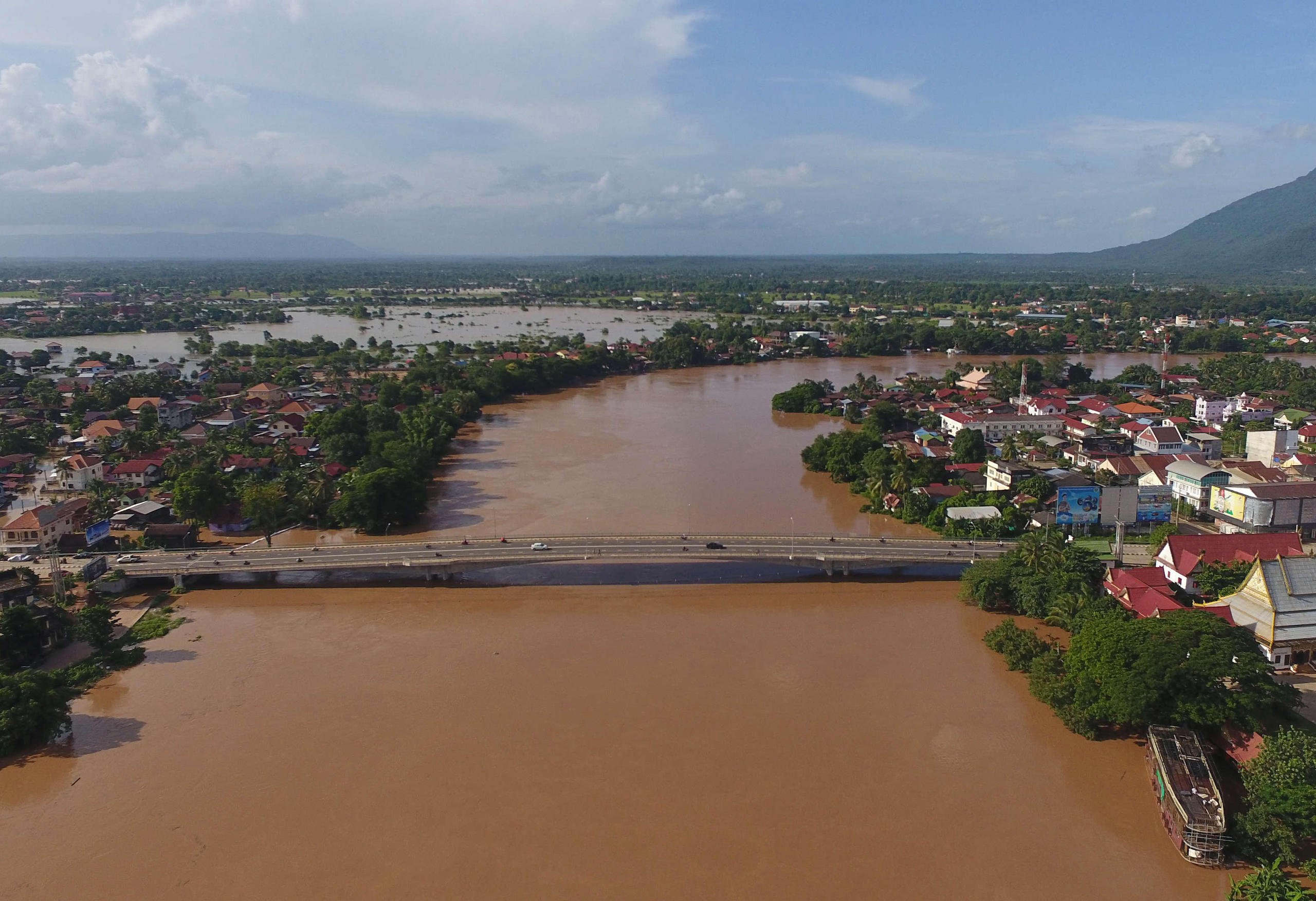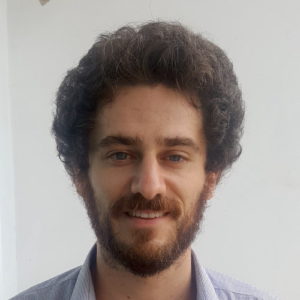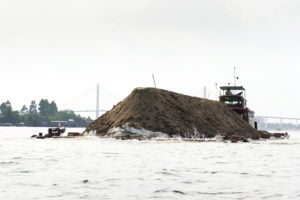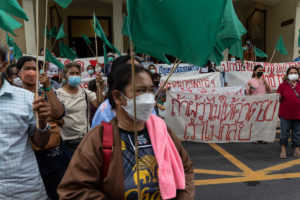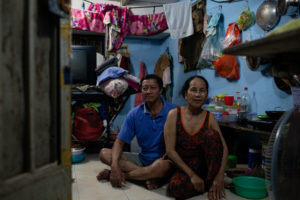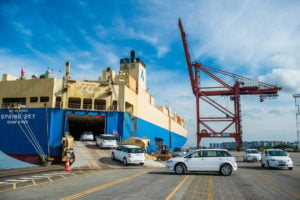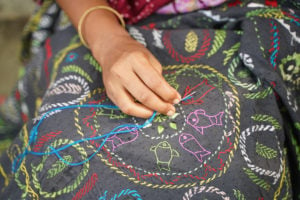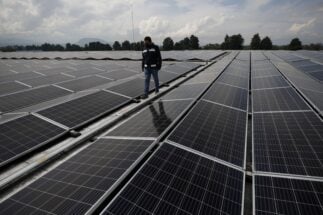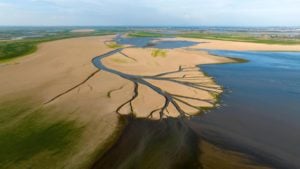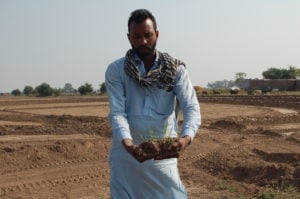The fishing village of Khoen Khen in southern Laos is a quiet place, nestled along the banks of the Mekong River and hemmed by a ridge of mountains. But tranquil as it may now appear, locals say they’re waiting for a coming wave of construction that promises to uproot their village entirely.
The 728-megawatt Phou Ngoy dam is one of a proposed cascade of nine dams on the mainstream of the Mekong in Laos. Costing an estimated USD 1.96 billion according to the Mekong River Commission (MRC), the dam is seen as a key expansion of the country’s already burgeoning hydropower sector – a strategic economic pillar that experts say is exacting a steep environmental cost.
Financial and logistical information around development of the Phou Ngoy dam, as with other hydropower projects in Laos, has been as murky as the Mekong itself. But the limited information that can be obtained suggests that the Phou Ngoy project has struggled with a lack of financial support, regulatory hurdles, and economic feasibility concerns.
In the meantime, villagers at the dam site whom the Laos government plans to relocate for the project say they are in the dark about when they will have to vacate their homes.
The Mekong River Commission (MRC) is an intergovernmental organisation headquartered in Vientiane, Laos, which is tasked with promoting cooperative development of Southeast Asia’s largest river. Its four member states are Cambodia, Laos, Thailand and Vietnam.
Although it is purely advisory, the MRC is the main regulatory body for transboundary water issues in the region. The MRC’s Procedures for Notification, Prior Consultation, and Agreement (PNPCA) process is supposed to give all member countries an opportunity to consider plans for projects on the river and their implications for others dependent on the river’s resources – an important hurdle that the Phou Ngoy dam has yet to clear.
An MRC spokesperson confirmed to The Third Pole that the PNPCA process has yet to officially begin for the project, which MRC member states are still discussing, and that the Laos government has been asked to provide more information about the dam and its potential impacts. Usually, discussion before the start of the PNPCA process only takes a few months, but it “also depends on the nature of the project as well as circumstances”, according to the spokesperson.
PNPCA approval does not guarantee that a dam will be built – but it can mark an end to the pre-construction approval process, given a project submitted to the MRC will have already received approval from the national government in question.
Of the nine proposed projects on the mainstream of the Mekong in Laos, two dams have already been completed: the Xayaburi and Don Sahong dams. Seven dam projects, including Phou Ngoy, remain at varying points in the approval or pre-construction stages.
Ecological concerns
“It’s probably the most worrisome dam development in Laos nowadays,” says Brian Eyler, who tracks Mekong developments as director of the Stimson Center’s Southeast Asia programme.
Eyler and others have raised a chorus of alarm about the proliferation of dams in Laos, saying the projects are fundamentally changing the ecological functions of the river basin by altering seasonal flows of water and sediment. Mainstream dams such as Phou Ngoy risk blocking key fish migration routes and otherwise impacting the Mekong’s abundant natural fisheries.
Eyler says the proposed siting of the Phou Ngoy project – just south of the Laos city of Pakse and about 100 kilometres north of the operational Don Sahong dam on the border with Cambodia – would effectively sever a key link between the upper reaches of the Mekong and vital floodplains to the south.
“We often compare the Mekong fish migration to the African Serengeti migration, in which people are enthralled to watch the wildebeests, zebras and other animals,” he says. “But an even higher volume of animals is moving through that downstream portion of the Mekong – you just don’t see them because it’s underwater.”
The Phou Ngoy dam hits hurdles
Even if the Phou Ngoy dam receives all the necessary approvals to go ahead, technical experts familiar with the project say it has also been hindered by challenges in proving its economic feasibility.
Thai developer Charoen Energy and Water Asia (CEWA) is the main driver of the Phou Ngoy project. Hydroelectric trade publications reported in 2020 that CEWA had contracted with three major Korean firms to start building the dam in 2022, with a completion target of 2029.
“That is impossible, I think,” says Yongpil Seo, country director of the Thai office of Doosan Enerbility, one of the Korean partners, when asked about that target.
Construction of the Phou Ngoy project was initially set to involve Doosan along with Korea Western Power and the Korea Overseas Infrastructure & Urban Development Corporation (KIND) – a state-owned enterprise.
CEWA business development manager Nanthaphan Hansarphiphat declined to comment on the project, stating that he needed a consent letter from the Laos government to do so. Eventually, an official at the Laos Department of Planning and Cooperation offered The Third Pole a brief explanation of its status via a messaging app. “Still the same, not much progress. Project development agreement stage,” the official texted.

CEWA, founded in 2007, is part of the sprawling Thai conglomerate CP Group, which enjoys a close relationship with that country’s royal family and Beijing. The group controls major agribusiness holdings and is chaired by Chatchaval Jiaravanon, a member of the Chearavanont family – one of the wealthiest families in Asia. The company’s website lists no other hydropower project, suggesting the major dam at Phou Ngoy would be its first.
KIND project developer Joonyoung Jeon told The Third Pole that his firm and Korea Western Power signed a two-year memorandum of agreement with CEWA in 2020 to work on the project. However, Joonyoung says the companies “did not secure the actual right to participate” before the agreement expired in August 2022. Doosan and Korea Western conducted due diligence and value engineering procedures but ran into “uncertainty about business feasibility.”
“Discussions with the MRC are being delayed on environmental issues, and it is difficult to secure the economic feasibility of the project due to the increase in [engineering, procurement, and construction] costs due to the recent inflation,” Joonyoung says. “In my opinion, now it is difficult to solve.”
Yongpil from Doosan said he thought it was “unlikely” the Korean partners would continue with the project, adding he believed CEWA is currently looking for lower-cost Chinese partners and is struggling to find investment.
Shaky economics
Without a pre-arranged buyer of the electricity produced by a hydropower project, development may founder in the face of high construction costs.
“The feasibility, the reason for the electricity, is not there,” says Pai Deetes, regional campaigns and communications director for Southeast Asia at the non-profit International Rivers, pointing to Thailand’s already high energy surplus. “For Phou Ngoy, we haven’t heard of a plan to import electricity to Thailand yet, but we don’t know. Without it, that project wouldn’t be alive, because there is no guarantee for the income.”
Deetes says the most important step for dam projects in Laos to get off the ground is obtaining a power-purchase agreement (PPA) with the Thai state enterprise Electricity Generating Authority of Thailand (EGAT). Such agreements secure a long-term deal to buy hydroelectricity for decades at set rates that hydropower critics have described as sweetheart deals for the industry.
To date, no such PPA appears to be in place for the Phou Ngoy dam.
“Once you get the PPA, the project is alive – you’ll be able to get loans, to start construction properly, and your income will be guaranteed for the life of that PPA, like 29 or 35 years depending on what you negotiate,” Deetes said.
Locals await displacement for the Phou Ngoy dam
The residents of Khoen Khen village are among those who will be the most immediately affected if the Phou Ngoy dam is built. The 817 residents of the fishing village have been waiting for almost three years for their cue to pack up and get out.
Khoen Khen has been tapped for total relocation to make way for the dam’s construction. Though the facility is planned as a ‘run of the river’ dam, without a major reservoir, the villagers say they were told by Champasak provincial officials three or four years ago that they will be moved to facilitate the construction process.
“I don’t want to leave, but if it’s necessary for the government, I’ll do it,” says Khamla, a village resident. “Mostly the villagers around here are not satisfied, but if it’s necessary for development, we can’t say no,” she adds.
I’d like to have more information about the dam, the plans for everything. It would help us to figure out what’s next.Chanda, a Khoen Khen resident
Residents of Khoen Khen mostly make their living by fishing on the river, but they also farm nearby plots and gather wild goods in the mountains, like woody vines which they use to make handicrafts. Those who spoke to The Third Pole seemed content with their livelihoods and were reluctant to move.
“The villagers do not want to move. They were born here, live here, have their lives here,” says Sonexay, another resident of the village. He explains that the state promised to give residents new jobs if necessary after they relocate, and to offer as a choice between two possible sites for the new village location. He says locals are sceptical about these new jobs, but hope they will be fully compensated by the developer for the loss of their property, if and when that day comes. “Villagers were promised they would have a better life. But they don’t expect that – they just don’t want worse,” he says.
News of the project’s uncertain backing seems not to have reached the community.
“If we need to move or start again, it would be very difficult for us,” says Chanda, a Khoen Khen resident. “I’ve lived here [in the village] for about 30-40 years, and I was born not far from here. I’d like to have more information about the dam, the plans for everything. It would help us to figure out what’s next.”
Some names have been changed.
